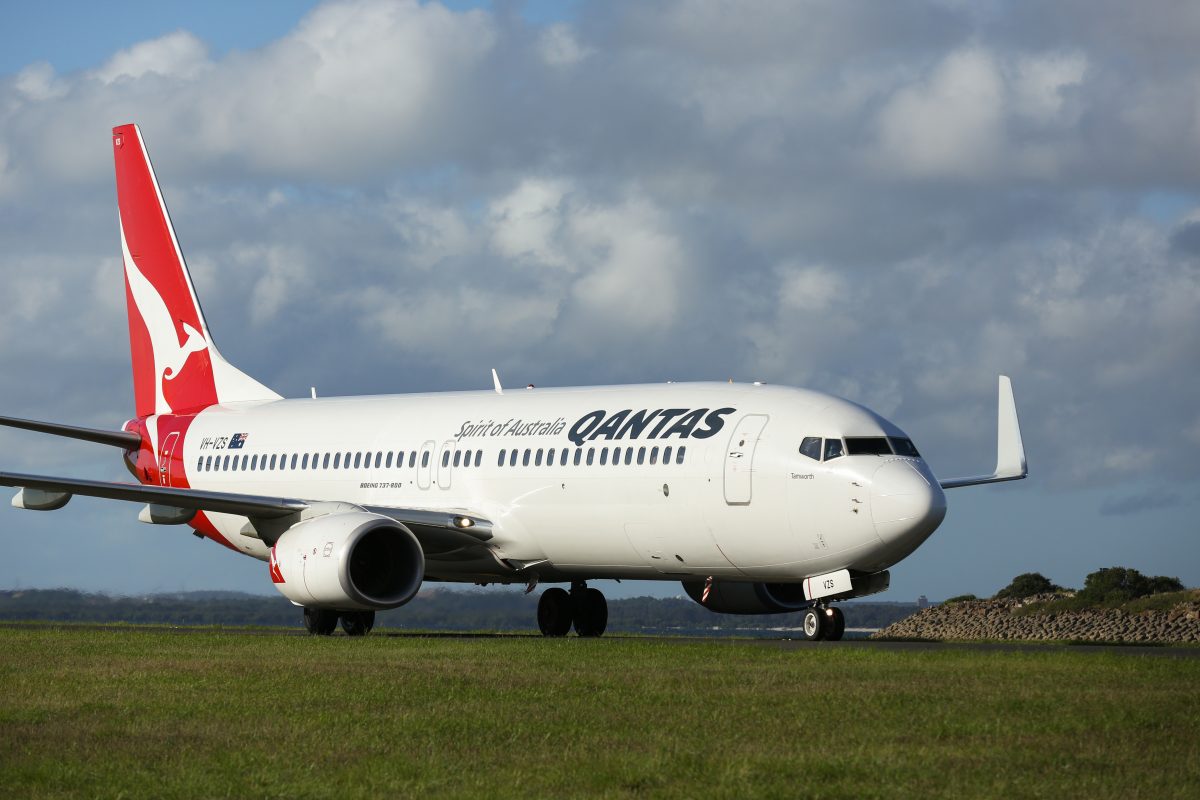Cracks have been found in a structural element known as a pickle fork on at least one Qantas Boeing 737NG that had performed less than 30,000 landing and take-off cycles.
Sources have said a crack has since been found in a second aircraft but this has not been confirmed by Qantas.
The US Federal Aviation Administration issued a directive on October 2 requiring immediate checks on planes with 30,000 cycles or more on October 2 and found about 5 percent of the older planes had the cracks in the structure that helps connect the wings to the fuselage.
Other affected carriers include Southwest Airlines and Brazil’s Gol.
READ: Qantas to launch domestic fleet renewal process in 2020.
The cracks were first discovered in B737-800 planes being converted to freighters in China and which had accumulated between 35,578 and 37, 329 flight cycles.
The FAA said at the time the condition “could adversely affect the structural integrity of the airplane and result in loss of control of the airplane” and ordered jets with the cracks to be grounded until they could be fixed.
The directive covered all versions of the 737NG with longer inspection periods for planes with fewer flight cycles.
There are also recurrent inspections at up to 3500 flight cycles.
The cracks surprised the industry because pickle forks are supposed to last 90,000 cycles without cracking, essentially the lifespan of an aircraft.
Boeing has introduced a program to address the issue and Qantas, which had been proactively checking its aircraft, said it had been liaising with the manufacturer and Australia’s Civil Aviation Safety Authority.
A spokesman said aircraft with more than 22,600 cycles required inspection within the next 1000 cycles, which in Qantas’ case was about seven months of flying.
“None of Qantas’ 737s have reached the 30,000 cycle mark,’’ he said.
“However, we will have inspected 33 aircraft with more than 22,600 cycles by the end of this week rather than the seven months required.
“We have found one example of cracking in an aircraft with just under 27,000 cycles and this aircraft has been removed from service for repair.
“Qantas would never operate an aircraft unless it was completely safe to do so.
“Detailed analysis by Boeing shows that even where this crack is present, it does not immediately compromise the safety of the aircraft – as indicated by the timeframe given by regulators to perform the checks.”
Virgin Australia said it had 19 aircraft that met the inspection requirements.
“All have been inspected with no issues identified,” a spokeswoman said.
Despite calls by the engineering union at Qantas for the planes to be grounded while the checks were completed, a CASA spokesman said the authority was satisfied with the response by airlines to the FAA directive.
He said there was no evidence to ground the planes and the Qantas inspections were due to be completed by Friday morning.
It is not clear how long the affected planes will be grounded but Boeing says the cracked frame of fail-safe strap must be removed and replaced.
The manufacturer said it was engaged with its 737NG customers globally on the inspections and was “actively working with customers that have airplanes in their fleets with inspection findings to develop a repair plan, and to provide parts and technical support as necessary”.
“Boeing regrets the impact this issue is having on our 737NG customers worldwide and we are working around the clock to provide the support needed to return all airplanes to service as soon as possible,” it said.
The problem does not affect the Boeing 737 MAX, which is grounded due to other issues.
























